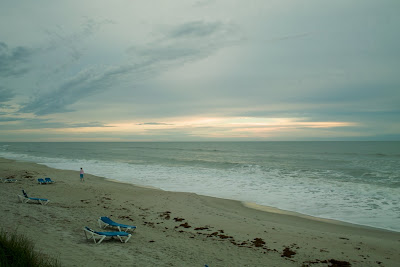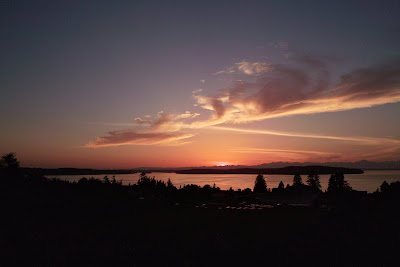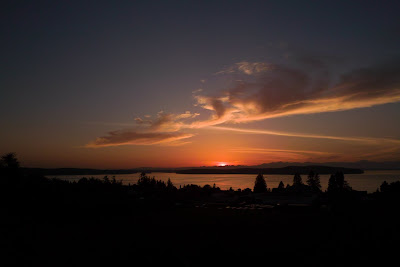

It's been 3 months since I updated this blog. This is due to several factors: I'm evidently quite lazy; I've been busy this fall; and, I'm not at all certain about the nature of this (or any) blog.
A blog is perhaps just a journal or diary but if that's true then why electronically publish it?
I originally had the idea that the DP1 being a new type of camera this blog might be of use to some considering one or starting to use one. I believe that this has been true. But then why continue to publish repeats of the same information if not for ego reasons. OK, ego, I guess that's good enough.
Having used the camera for over 8 months I have started to understand it and the software enough to experiment. I will post some examples here and on future entries.
I have recently returned from a photo trip through parts of the American South West. I learned more about my personal style of photography (and the DP1) than I had expected. I will post some pictures on future entries.
Regarding manipulation. I have always been interested in platinum / palladium images. These seem to convey an additional presence not found in other printing methods. As reference I would point of course to the work of Alfred Stieglitz. This process requires a large negative to be contact printed onto paper which has been treated with a platinum / palladium substance. The work is expensive if nothing else. It also requires the ability and the place to work with chemicals, light boxes and of course large negatives.
There are many people presently using this method and producing quite stunning work. I point to 2 whose work I own and enjoy,
Beth Dow and
Dalton Rooney. Beth has arranged to have some of her work professionally prepared, copied (?) and printed digitally, the result is that I can afford some...thank you Beth.
Dalton Rooney is an exceptional photographer from Brooklyn who recently started to experiment with the process and sold a few of his first works for next to nothing, probably not enough to cover expenses. I have one and just love it.
With an increasing understanding of my DP1 and a love of B&W and platinum photography I have decided to see if I can put something together digitally. This is my first attempt.
I like the color image, the yellow is very delicate. I also like the almost monochrome background but wish it were a bit less in focus. I wondered if background manipulation would add to the 3-D impact of the flower. I am terrible with Photoshop. Fortunately the few tools I needed to use were quite intuitive. I outlined the flower with a magnetic lasso inverted and applied a blur filter. Changed image to B&W and added toning in an attempt to match the color I see in platinum / palladium prints. I need to do more with yellow. The color is very hard to get correct. I am also thinking about bringing some of the leaves into focus.




.jpg)














































